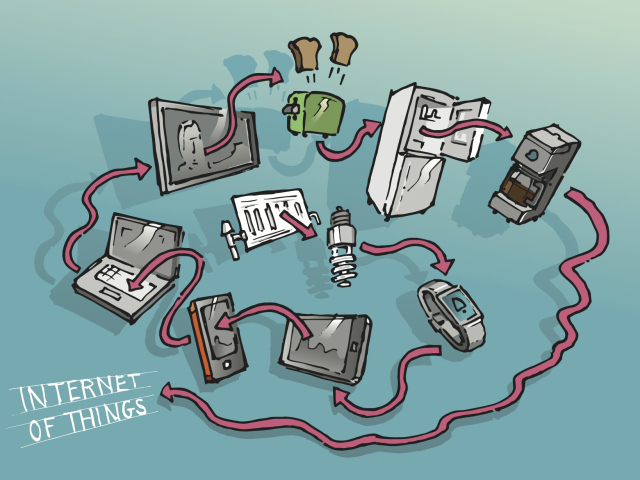From coffee makers to urban design, the Internet of Things (IoT) is affecting change in virtually all aspects of daily life. And even though the IoT is still at the early-adopter stage, in just five years 50 billion devices are projected to be connected to the Internet, generating an estimated $2 trillion to $14 trillion in value. Expectations are running high, so high, in fact, that Gartner ranked IoT at the top of its 2014 Hype Cycle for Emerging Technologies.
Companies are naturally eager to get a piece of the action with as many as three out of four exploring how IoT technologies could fit into their business operations. Too many times, however, companies end up with mountains of data and no actionable information. Entry into the IoT should come with warnings: analyze the data or prepare to be disappointed. Or, data without analytics is nothing but noise.
But unless businesses turn the focus away from pure data collection to data analysis, investments in IoT technologies are doomed to produce disappointing results. To be truly useful, the data should do more than “look pretty on a dashboard,” as Steven Sarracino, founder of Activant Capital Group, LLC, in Greenwich, Conn., pointed out.
Vendors of sensor technologies would simultaneously be wise to take their services beyond singing the virtues of amassing data to showing their clients how to make sensor-driven decisions. In fact, the need for more guidance was underscored in a fleet report by Tracking Automotive Technology: TU Automotive (previously Telematics Update). Vendors should, according to the report, present the data in a digestible format to assist overwhelmed end-users. While purely monitoring the performance of a forklift, for example, provides value, it is not until the data is analyzed and acted upon that maximum ROI is achieved. In the case of a forklift fleet, it might entail optimizing routes in the warehouse or performing preventive maintenance. As another example, the retail sector can apply analytics to data collected by security cameras and Wi-Fi beacons to help retailers understand what types of displays catch customers’ attention.
The adoption of IoT technologies will likely come easier to industries such as manufacturing and supply chain which already connect machinery and fleets with Internet-enabled sensors or devices. Smart grid technologies also hold a lot of promise for public utilities based on current industry trends, connecting countless data points for continuous monitoring and proactive management of the power supply. However, until companies are able to adequately apply analytics to squeeze value out of their investments, it may be a while before IoT technologies reach critical mass.

